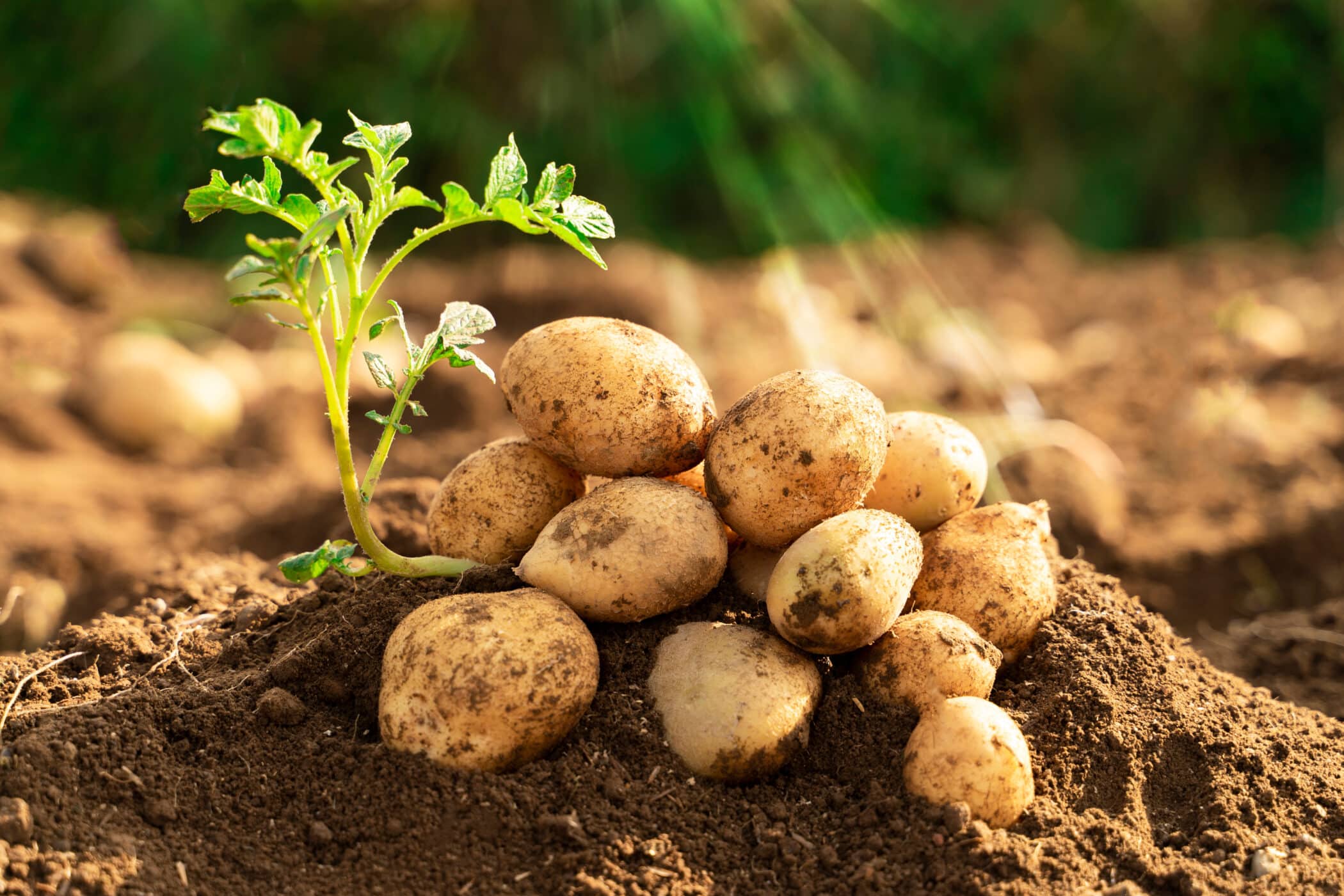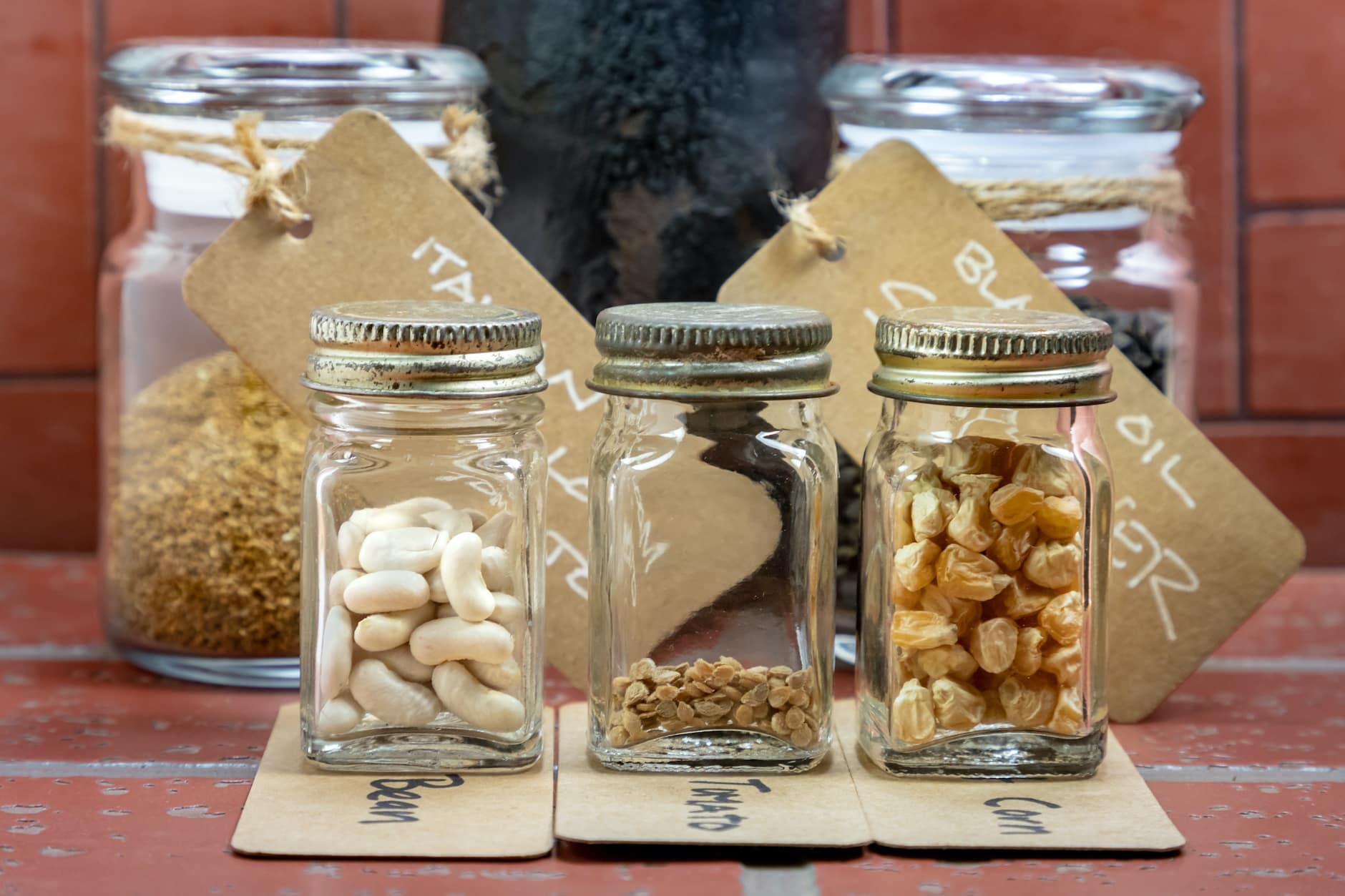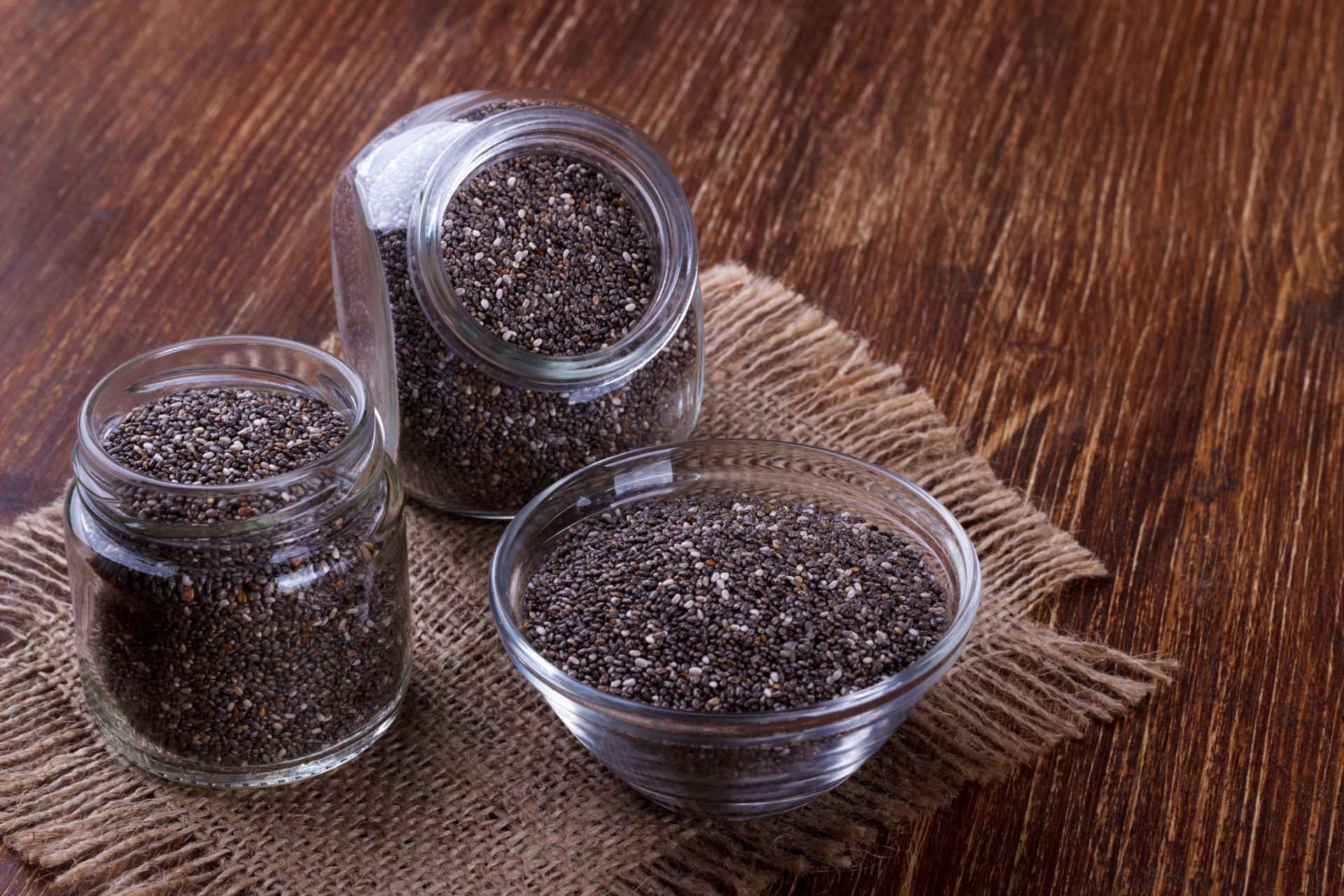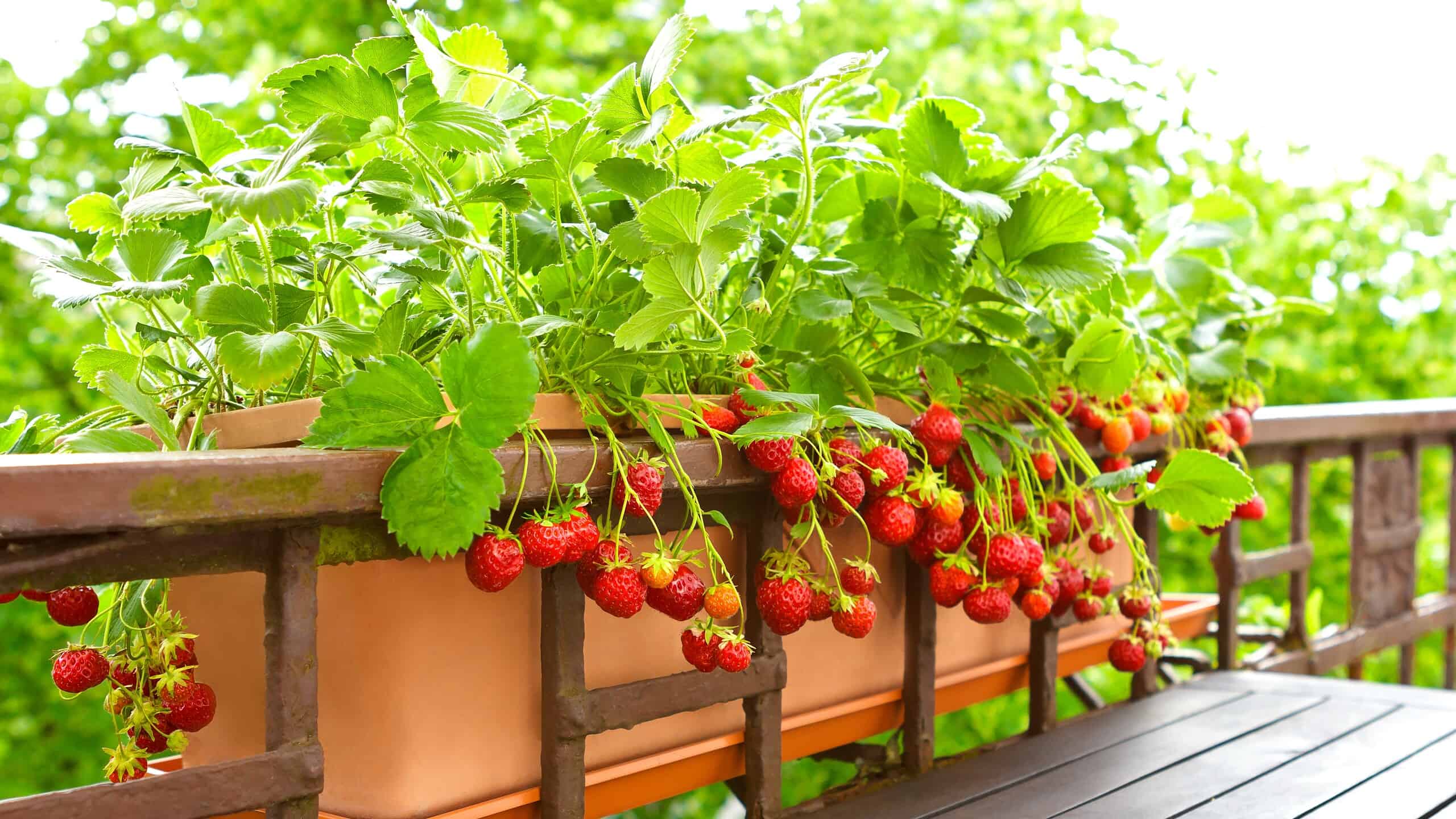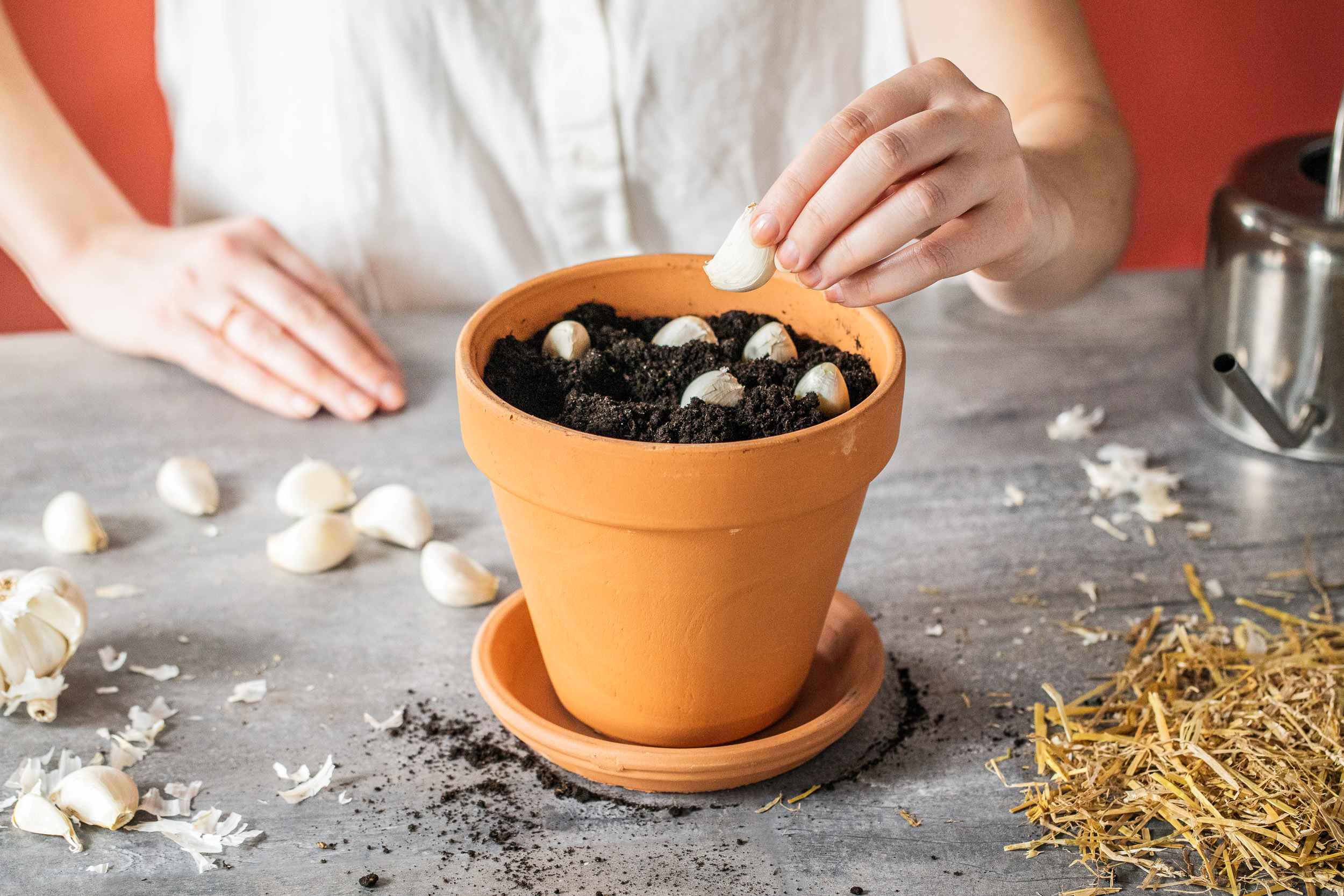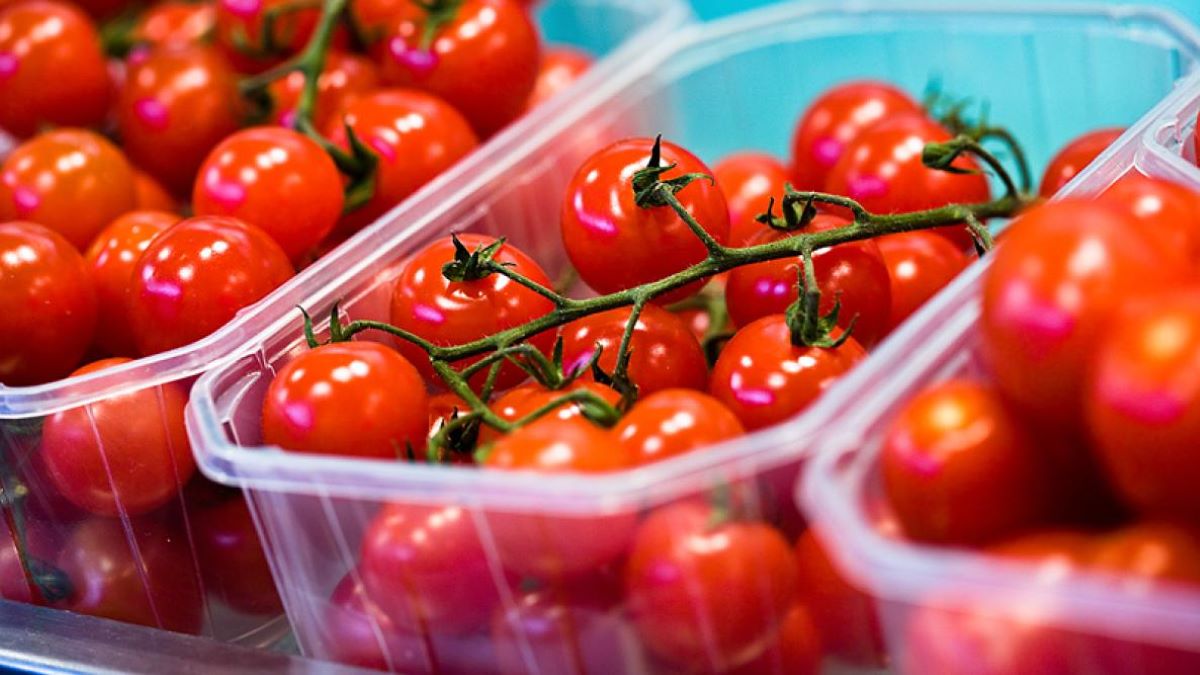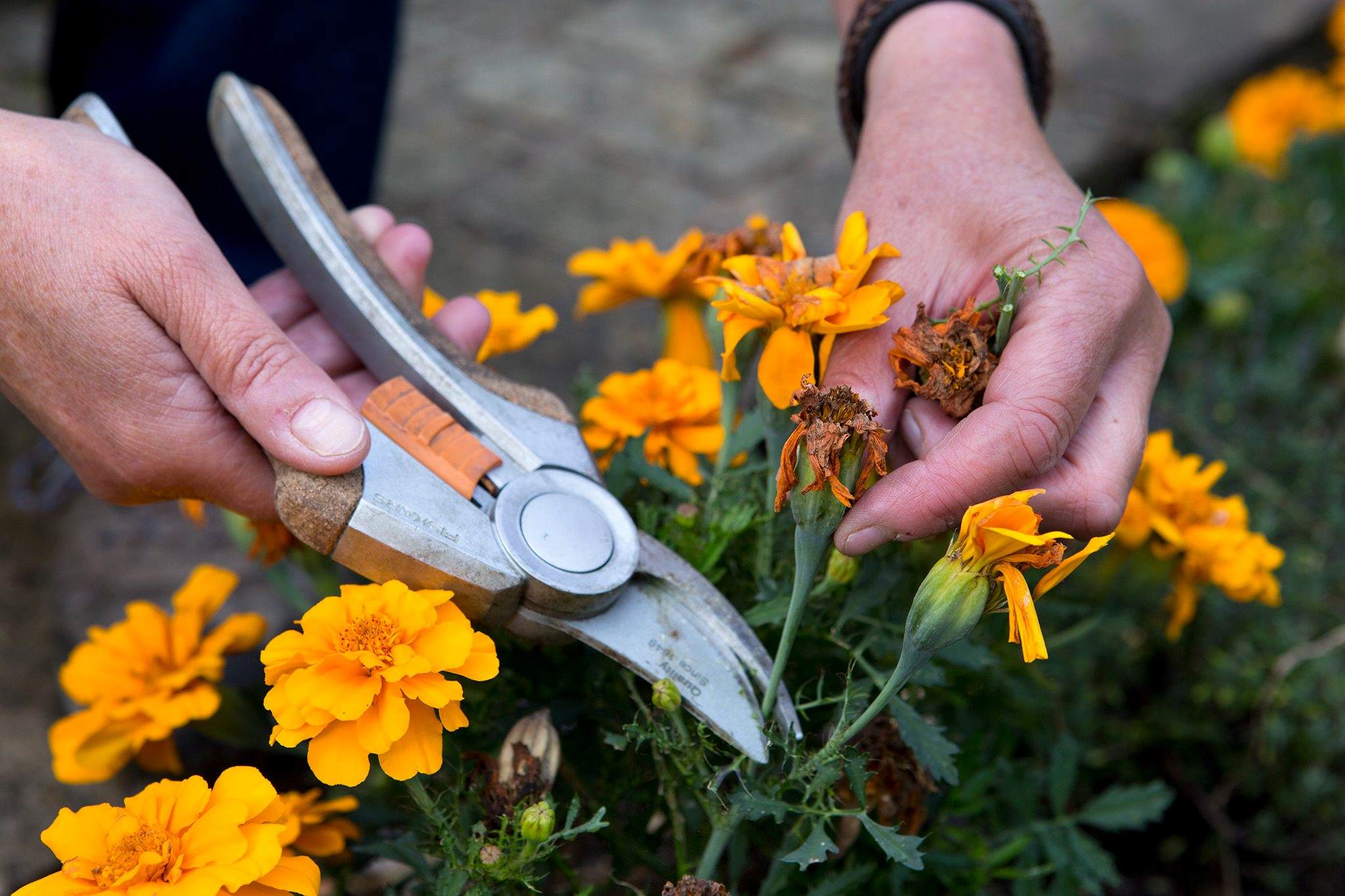Home>Types of Gardening>Ornamental Gardening>How Long Can You Store Seeds For Planting


Ornamental Gardening
How Long Can You Store Seeds For Planting
Modified: January 22, 2024
Discover how long you can store seeds for planting in ornamental gardening. Maximize the lifespan of your seeds and ensure successful germination.
(Many of the links in this article redirect to a specific reviewed product. Your purchase of these products through affiliate links helps to generate commission for Chicagolandgardening.com, at no extra cost. Learn more)
Table of Contents
Introduction
Welcome to the fascinating world of ornamental gardening! Whether you’re a seasoned green thumb or just starting out, the beauty and joy of cultivating vibrant flowers, lush foliage, and stunning landscapes are undeniable. One of the key elements to a successful garden is starting with high-quality seeds. But have you ever wondered how long seeds can be stored before they lose their viability?
Seed viability refers to the ability of a seed to germinate and develop into a healthy plant. It varies across different plant species and is influenced by various factors such as seed maturity, environmental conditions, and storage methods. Understanding the factors affecting seed viability and implementing proper seed storage techniques are crucial for ensuring the success of your gardening endeavors.
In this article, we will explore the factors that can impact seed viability and discuss effective methods for storing seeds to extend their shelf life. We will also provide valuable tips on testing seed viability and highlight the longevity of common garden seeds. Additionally, we will delve into the art of saving seeds from your own garden, allowing you to create a sustainable cycle of plant growth and propagation. By the end of this article, you will be equipped with the knowledge to maximize the potential of your seeds and embark on a rewarding journey of ornamental gardening.
So, grab your garden gloves, put on your sunhat, and let’s dive into the world of seed storage and preservation together!
Factors Affecting Seed Viability
Several factors play a crucial role in determining the viability of seeds. Understanding these factors will help you assess the quality and potential longevity of your seeds. Let’s take a closer look at some of the key factors:
- Seed Maturity: The maturity of seeds at the time of harvest significantly impacts their viability. Seeds that are immature or underdeveloped often have a lower germination rate and may not produce healthy plants. Therefore, it is essential to allow seeds to fully mature before harvesting them for storage.
- Environmental Conditions: External environmental conditions, such as humidity, temperature, and light exposure, can greatly affect seed viability. Excessive moisture can lead to mold or rot, while extreme temperatures or prolonged exposure to sunlight can cause seed damage. It is important to store seeds in a cool, dry, and dark environment to maintain their viability.
- Seed Storage Duration: The length of time that seeds are stored can impact their viability. As seeds age, their germination rates gradually decrease. However, some types of seeds have a longer shelf life than others. Understanding the storage duration of different seed varieties will help you plan your gardening activities accordingly.
- Genetic Factors: The genetic makeup of a seed can also influence its viability. Some plants naturally produce seeds with higher inherent viability, while others may have lower viability due to genetic factors. By selecting seeds from high-quality plants, you can increase the chances of obtaining viable offspring.
By considering these factors, you can make informed decisions about storing and using your seeds. Properly storing seeds in ideal conditions and selecting seeds from mature, healthy plants will greatly enhance their viability and contribute to successful plant growth.
Seed Storage Methods
Proper seed storage is essential for maintaining the viability and quality of your seeds over an extended period. There are various seed storage methods to choose from, each catering to different levels of time and resource availability. Let’s explore some common seed storage methods:
- Refrigeration: Refrigeration is a popular method for storing seeds. It involves placing seeds in airtight containers or seed packets and storing them in the refrigerator. The cool temperature helps slow down seed aging and maintains their viability. However, it’s important to ensure that the seeds are completely dry and sealed tightly to prevent moisture absorption.
- Freezing: Freezing seeds is another effective method to prolong their viability. Similar to refrigeration, seeds need to be thoroughly dried and stored in sealed containers or seed packets to prevent moisture intrusion. Before planting frozen seeds, it is crucial to allow them to thaw slowly to avoid thermal shock.
- Desiccants: Desiccants such as silica gel packets or powdered milk can be used for moisture absorption during seed storage. These desiccants help create a low humidity environment, reducing the chances of mold or fungal growth. Simply place the desiccant packets in the seed storage container or bag to maintain dry conditions.
- Vacuum Sealing: Vacuum sealing is an effective method to protect seeds from moisture and air exposure. Using a vacuum sealer, remove the air from the seed packets or containers before sealing them. This method creates an airtight environment, ensuring optimal conditions for seed storage.
It’s important to label the seeds with the plant name, variety, and the date of collection or purchase. This information will help you keep track of the age of the seeds and make informed decisions when it comes to planting. Additionally, store the seeds in a cool, dark, and dry location, such as a basement or a cupboard.
Remember, different seeds have different storage requirements. Research the specific storage recommendations for the plant species you’re working with to ensure the best outcome.
By utilizing these seed storage methods, you can significantly extend the viability of your seeds and increase the chances of successful germination when you’re ready to plant.
Tips for Properly Storing Seeds
Proper storage is key to maintaining the viability and quality of your seeds. Here are some valuable tips to ensure that you store your seeds correctly:
- Choose the Right Container: Select airtight containers or seed packets that will keep out moisture and air. Avoid using plastic bags or containers that are prone to condensation. Opt for glass jars, metal tins, or resealable plastic bags specifically designed for seed storage.
- Ensure Dryness: Before storing seeds, make sure they are completely dry. Moisture can lead to mold or rot, damaging the seeds. Allow harvested seeds to air dry in a well-ventilated area for a few days before storing them.
- Label and Organize: Label each container or seed packet with the plant name, variety, and the date of collection or purchase. This information will help you keep track of the age of the seeds and their specific requirements. Organize and categorize the seeds by type or planting season for easy retrieval later.
- Control Temperature and Humidity: Store seeds in a cool, dark, and dry location to maintain their viability. Ideally, the temperature should be between 32°F (0°C) and 50°F (10°C). Avoid areas exposed to extreme temperature fluctuations or direct sunlight.
- Avoid Freezing and Thawing: While freezing can be an effective storage method, avoid repeatedly freezing and thawing seeds as it can damage their internal structure. If you choose to freeze seeds, leave them undisturbed until you’re ready to sow them.
- Regularly Check for Signs of Decay: Periodically inspect stored seeds for any signs of mold, discoloration, or pests. Remove any damaged or compromised seeds to prevent them from affecting the health of the rest.
Following these tips will help prolong the shelf life of your seeds and ensure their viability when it’s time to plant. Take care of your seeds as you would a precious treasure, and they will reward you with healthy and vibrant plants.
Testing Seed Viability
Before planting stored seeds, it’s essential to determine their viability. This will help you assess the likelihood of successful germination and adjust your planting strategy if necessary. Here are a few methods you can use to test seed viability:
- Germination Test: The germination test is the most common method used to assess seed viability. Moisten a paper towel or a piece of filter paper and place a few seeds on it. Fold the paper over the seeds and keep it moist. Place the paper towel in a warm location and monitor the seeds for germination over the next few weeks. By observing the percentage of seeds that successfully germinate, you can estimate the viability of the entire seed batch.
- Float Test: The float test is particularly useful for larger seeds, such as beans or peas. Fill a container with water and gently place the seeds in it. Viable seeds will sink to the bottom, while non-viable seeds will float on the surface. Discard any floating seeds as they are unlikely to germinate.
- Seedling Vigor Test: This test involves planting a sample of seeds in pots or trays and observing their growth and vigor over time. Compare the growth rate, leaf development, and overall health of the seedlings. Strong and healthy seedlings indicate high seed viability.
- Seed Staining: Seed staining tests can reveal the presence of living embryos within the seed. This method involves soaking seeds in a staining solution and observing them under a microscope. Living embryos will take up the stain, indicating their viability.
It’s important to remember that the viability of seeds can vary, even within the same batch. Factors such as age, storage conditions, and genetic variability can influence seed viability. Conducting multiple tests and averaging the results will give you a more accurate assessment of the overall viability.
By regularly testing the viability of your stored seeds, you can make informed decisions about which seeds to plant and optimize your gardening efforts. It also ensures that you’re not wasting time and resources on seeds with low germination potential.
Now that you have the knowledge and tools to test seed viability, you can confidently determine which seeds are worth planting and embark on a successful gardening journey!
Longevity of Common Garden Seeds
The viability and longevity of seeds vary among different plant species. Some seeds have a relatively short shelf life, while others can remain viable for several years or even decades. Understanding the longevity of common garden seeds will help you plan your seed storage and planting activities more effectively. Here are a few examples:
- Annual Flowers: Many annual flower seeds can remain viable for one to three years when stored properly. However, it is recommended to use them within the first year for the best germination rates. Popular annual flowers like marigolds, zinnias, and cosmos fall into this category.
- Vegetables: Vegetable seeds typically have varying lifespans. Some seeds, like radishes, lettuce, and spinach, can remain viable for up to five years when stored under ideal conditions. However, other vegetables, such as onions, parsnips, and corn, have a shorter storage life and are best planted within the first year.
- Herbs: Many herbs have seeds that can remain viable for three to five years or even longer. Seeds of herbs like basil, parsley, and dill can maintain their viability for several years if stored properly.
- Perennials: Perennial flower seeds, such as coneflowers, asters, and lupines, often have a longer shelf life compared to annuals. Stored under optimal conditions, some perennial seeds can remain viable for five to ten years or more.
- Trees and Shrubs: Seeds of trees and shrubs generally have a longer shelf life. Depending on the species, tree and shrub seeds can remain viable for several years to even decades. However, it is important to research specific recommendations for the particular tree or shrub species you are working with.
While these are general guidelines, it’s important to note that proper storage conditions significantly contribute to preserving seed viability. By providing seeds with the right environment, including cool temperatures and low humidity, you can extend their shelf life and maximize their germination potential.
Remember to periodically test the viability of stored seeds to assess their germination rates. This will help you determine whether it’s necessary to acquire fresh seeds for optimal results.
Understanding the longevity of common garden seeds allows you to plan your gardening activities accordingly and make the most of your seed collection. It’s an exciting prospect to know that you can continue to enjoy the beauty of your favorite flowers and harvest delicious crops from your vegetable garden for years to come.
Saving Seeds from Your Garden
Saving seeds from your garden is not only a cost-effective way to grow your plants, but it also allows you to preserve heirloom varieties and maintain genetic diversity. Here are some steps to successfully save seeds from your garden:
- Choose Open-Pollinated Varieties: Open-pollinated varieties are the best for seed saving, as they produce plants with traits similar to the parent plant. Avoid hybrid plants, as their seeds may not produce true-to-type offspring.
- Allow Seeds to Mature: Let the seeds fully mature on the plant before harvesting them. Seeds should typically reach their full size and change color. Harvesting seeds prematurely can result in lower viability.
- Collect Seeds: Once the seeds have matured, harvest the seed-bearing fruits or seed heads. Remove the seeds and separate them from the pulp or husk. Rinse the seeds with water if necessary to remove any remaining debris.
- Dry Seeds Properly: Before storing, ensure that the seeds are completely dry. Spread them out on a tray or a paper towel in a well-ventilated area. Stir or turn them occasionally to promote even drying. Allow the seeds to dry for a couple of weeks until they are brittle and break easily.
- Label and Store: Label the seed containers with the plant name, variety, and the date of seed collection. Store the seeds in airtight containers or seed packets in a cool, dark, and dry location. Remember to avoid temperature and humidity fluctuations.
- Test Seed Viability: Periodically test the viability of stored seeds to ensure their germination potential. Conduct germination tests or other suitable methods to determine if the seeds are still viable. Replace any seeds with low viability to maintain a healthy seed collection.
It’s important to note that not all plants are suitable for seed saving. Some plants, such as hybrid varieties or those that cross-pollinate easily, may produce seeds with unpredictable traits. Additionally, certain plants may require specific techniques for seed extraction and processing. Researching the requirements for each plant species will help you achieve the best results.
Seed saving is a rewarding practice that empowers you to continue the cycle of growth and enjoy the unique characteristics of your favorite plants year after year. By saving seeds from your garden, you contribute to the preservation of plant diversity and create a more sustainable gardening experience.
Conclusion
Successfully storing and preserving seeds is essential for any ornamental gardener looking to harness the power of nature and create beautiful landscapes. By understanding the factors affecting seed viability and implementing proper storage methods, you can extend the lifespan of your seeds and increase the chances of successful germination.
Throughout this article, we explored the importance of seed maturity, environmental conditions, and genetic factors as crucial determinants of seed viability. We also discussed various seed storage methods, such as refrigeration, freezing, and the use of desiccants, to maintain optimal conditions for long-term seed preservation. Additionally, we provided valuable tips for properly storing seeds, including choosing the right containers, ensuring dryness, organizing and labeling, controlling temperature and humidity, and regularly checking for signs of decay.
We also delved into the importance of testing seed viability through germination tests, float tests, seedling vigor tests, and seed staining. These methods allow you to assess the potential for successful germination and make informed decisions when planning your planting activities.
Furthermore, we highlighted the longevity of common garden seeds, including annual flowers, vegetables, herbs, perennials, trees, and shrubs. Understanding the shelf life of different seeds enables you to plan accordingly and make the most of your seed collection.
Lastly, we explored the rewarding practice of saving seeds from your garden, which not only saves costs but also allows you to preserve heirloom varieties and maintain genetic diversity. By following the steps of seed saving, including choosing open-pollinated varieties, allowing seeds to mature, collecting and drying seeds properly, labeling and storing seeds, and periodically testing seed viability, you can create a sustainable cycle of growth and enjoy the continuity of your favorite plants.
So, armed with the knowledge and techniques shared in this article, you are now ready to embark on your ornamental gardening journey with confidence. Remember, seeds are the foundation of your garden, and by properly storing, preserving, and testing their viability, you can unlock the full potential of nature’s beauty in your own backyard.

